most eminent

Tracey Karima Emin is a British artist known for her autobiographical and confessional artwork. Emin produces work in a variety of media including drawing, painting, sculpture, film, photography, neon text and sewn appliqué.


Tracey Karima Emin is a British artist known for her autobiographical and confessional artwork. Emin produces work in a variety of media including drawing, painting, sculpture, film, photography, neon text and sewn appliqué.
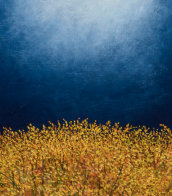


_-_(by_Lodewijk_van_der_Helst,_1672).jpg)
Willem van de Velde the Younger was a Dutch marine painter from the van de Velde dynasty of artists.
Willem van de Velde the Younger is famous for his paintings depicting the calm sea with a magical reflection of the water surface and sea battles. His works are held in London's National Gallery and private English collections, Amsterdam's Rijksmuseum, The Hague, Berlin, Munich, Vienna and Paris. There are three paintings by Willem van de Velde the Younger in the Hermitage. In addition to paintings, he left many drawings, the number of which exceeds 8,000.
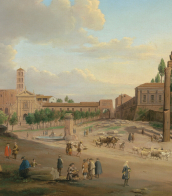

Pierre-Joseph Redouté was a French artist and botanist of Belgian origin, a royal painter and lithographer.
Redouté traveled extensively from his youth and carefully studied the pictorial art of various masters, but his main interest eventually became botanical illustration. He gained access to the Botanical Gardens in Paris and the botanical library. Over time, the talented Redouté became a very popular and successful painter of flowers and plants, publishing more and more albums.
In the 1790s, Redouté was internationally recognized as one of the most popular floral artists in the world. His depictions of plants are still as fresh as if they had just been painted. His album of watercolor illustrations, The Lilies, is one of the most expensive printed books in history.

Etienne-Pierre Ventenat was a French botanist, mycologist and writer.
Etienne-Pierre Ventenat was one of the greatest botanists in France. Empress Josephine Bonaparte hired him to describe and catalog rare plants at her castle of Malmaison. Josephine enlisted eminent botanists such as Claes and Blaikie to collect plants on a grand scale. Ventenat was commissioned to write the text of the work on the Malmaison collection, and the illustrations were created by the talented artist Pierre-Joseph Redoute, nicknamed the "Raphael of Flowers." As a result, a sumptuous book entitled Jardin de la Malmaison (The Garden of Malmaison) was published in 1803.


Jan Jansz Wijnants was a Dutch Golden Age painter.
Wijnants is primarily known for his Italianate landscapes and paintings featuring topography. The painters Nicolaes de Vree and Adriaen van de Velde trained in his studio and his style later had influence on the English artist, Thomas Gainsborough, the German artist Wilhelm von Kobell, and the Dutch artists Anthonie van Borssom and Willem Buytewech.


Adriaen van de Velde was a Dutch painter, draughtsman and print artist. His favorite subjects were landscapes with animals and genre scenes. He also painted beaches, dunes, forests, winter scenes, portraits in landscapes, as well as mythological and biblical scenes. He belongs to a group of painters referred to as the Dutch Italianate painters, who combined Dutch agricultural landscapes with mythological or Arcadian scenes in Italian settings. His paintings are characterised by their delicate, careful composition and his mastery of lighting effects as well as the human figure.


Jacob van Ruisdael, a preeminent Dutch painter, etcher, and draughtsman of the 17th century, is celebrated for his masterful landscape paintings, which significantly influenced the course of Western landscape art. Born around 1628/29 in Haarlem, Netherlands, into a family of artists, Ruisdael was an integral part of the Dutch Golden Age of painting.
Although the specifics of his training are unclear, it's believed that he was influenced by his father, uncle, and other local Haarlem landscapists like Cornelis Vroom and Allaert van Everdingen. Ruisdael's works are renowned for their dramatic depictions of Dutch landscapes, combining detailed natural observation with a monumental composition style. His paintings often feature striking forest scenes or sweeping panoramic views of cities like Haarlem.
Ruisdael's oeuvre spans a wide range, from serene forest scenes and turbulent seascapes to bustling cityscapes and desolate ruins. His handling of light and atmosphere in these settings is particularly noteworthy, adding a dramatic and emotional depth to the landscapes.
Some speculation surrounds Ruisdael's life, including the possibility of him practicing medicine in Amsterdam; however, this remains a topic of debate among historians. His travels seem to have been limited within the Netherlands and possibly to Germany, but he never visited Scandinavia, despite painting numerous Norwegian landscapes.
Today, Ruisdael's works are held in high esteem and are a part of major collections worldwide, including the National Gallery in London, the Rijksmuseum in Amsterdam, and the Hermitage Museum in St. Petersburg. Notable works include "The Jewish Cemetery," "View of Haarlem with Bleaching Grounds," and "Bentheim Castle," all showcasing his characteristic treatment of nature and light.
For art enthusiasts and collectors, Ruisdael's works offer a profound insight into the landscape painting of the Dutch Golden Age. His influence extends across various art movements and continues to be celebrated in the art world. Those interested in his work are encouraged to explore collections in renowned museums and keep informed about new sales and auction events related to Ruisdael's artworks.
For those with a keen interest in the works of Jacob van Ruisdael and the rich heritage of Dutch landscape painting, there is an exclusive opportunity to stay connected with the latest developments in this field. By subscribing to our updates, you will receive timely information on new product sales and auction events specifically related to the art of Jacob van Ruisdael. This service is particularly valuable for collectors and experts in art and antiques, offering insights into available pieces and upcoming opportunities to acquire works from this influential artist.


Etienne-Pierre Ventenat was a French botanist, mycologist and writer.
Etienne-Pierre Ventenat was one of the greatest botanists in France. Empress Josephine Bonaparte hired him to describe and catalog rare plants at her castle of Malmaison. Josephine enlisted eminent botanists such as Claes and Blaikie to collect plants on a grand scale. Ventenat was commissioned to write the text of the work on the Malmaison collection, and the illustrations were created by the talented artist Pierre-Joseph Redoute, nicknamed the "Raphael of Flowers." As a result, a sumptuous book entitled Jardin de la Malmaison (The Garden of Malmaison) was published in 1803.


Adriaen van Ostade was a Dutch Golden Age painter of genre works, showing everyday life of ordinary men and women.


Aelbert Jacobsz. Cuyp was a Dutch Baroque painter, graphic artist and printmaker.
Aelbert is the successor of a dynasty of painters from Dordrecht. He was one of the leading Dutch landscape painters of the Dutch Golden Age. A pupil of his father, the painter Jacob Gerritsz. Cuyp (1594-1651), he is known primarily for his landscapes of the Dutch countryside in the light of early morning or late evening. But Aelbert Cuyp also painted canvases on biblical, mythological, and historical themes, still lifes, and portraits. The Italian style is evident in his works.


Gerard Dou was a Dutch Golden Age painter, whose small, highly polished paintings are typical of the Leiden fijnschilders. He specialised in genre scenes and is noted for his trompe-l'œil "niche" paintings and candlelit night-scenes with strong chiaroscuro. He was a student of Rembrandt.


Philips Wouwerman was a distinguished Dutch painter. Renowned for his equestrian scenes, landscapes, and battle depictions, Wouwerman's work embodies the richness of the Dutch Golden Age of painting. He initially trained under his father, Paulus Wouwerman, and possibly with the celebrated artist Frans Hals, showcasing a deep engagement with the artistic milieu of Haarlem.
Wouwerman's career is marked by a prolific output, with about 570 of his works confidently attributed to him today. His oeuvre was once thought to include up to 1200 pieces, a testament to his influence and the extensive body of followers and imitators he inspired across Europe. His brothers, Jan and Pieter Wouwerman, were also painters who are sometimes confused with Philips due to their stylistic similarities.
Philips Wouwerman's paintings are celebrated for their dynamic composition and intricate detail, particularly his treatment of horses which has been a subject of admiration across centuries. His landscapes often feature Italianate settings, despite no concrete evidence suggesting he ever visited Italy. His style was notably influenced by Pieter van Laer, another Haarlem artist with a significant Italian experience, from whom Wouwerman might have acquired sketches and studies.
For art collectors and experts, Wouwerman's work provides a fascinating glimpse into 17th-century Dutch culture, offering scenes filled with vibrancy and life that capture the viewer's imagination. His paintings can be found in prestigious museums worldwide, including the Rijksmuseum in Amsterdam, The National Gallery in London, and the Kunsthistorisches Museum in Vienna, showcasing his widespread acclaim and the enduring legacy of his art.
For those interested in exploring the captivating world of Philips Wouwerman and staying informed about new discoveries, sales, and auction events related to his work, signing up for updates is highly recommended. This ensures access to the latest information and opportunities related to one of the Dutch Golden Age's most versatile and prolific artists.


Karel Dujardin was a Dutch painter and printmaker of the Golden Age of Dutch painting.
He studied with Klaas Berchem and Paulus Potter, traveled to Italy, and lived in Lyon. In 1656 he participated in the founding of the Pictura Society in The Hague.
Dujardin painted mostly Italian landscapes, genre scenes, including scenes from rural life, portraits of elegant people and historical paintings.
Many of Dujardin's works are in the Louvre, the Hermitage (St. Petersburg), as well as in Amsterdam, The Hague, Kassel, and Berlin.

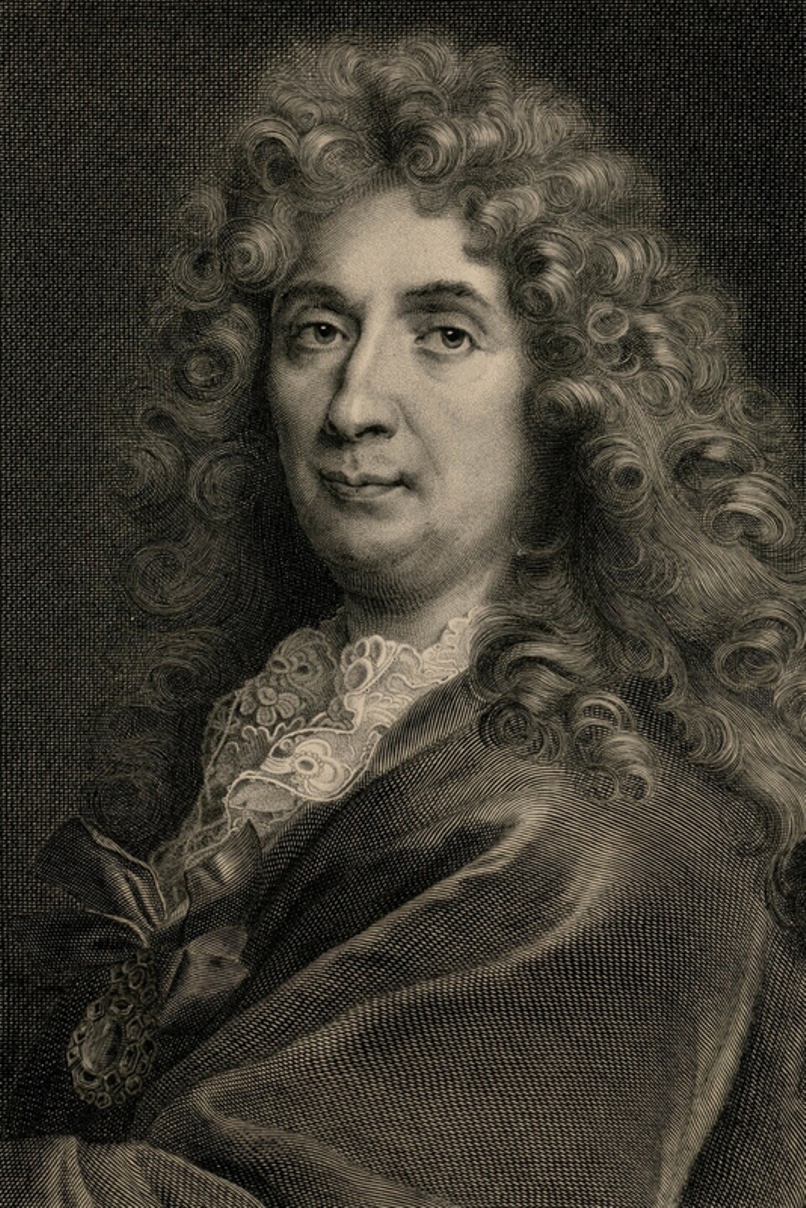
Charles Le Brun was a French painter, draftsman and chief decorator of the Palace of Versailles.
Charles came from an educated and respected family, trained in painting in Italy and very soon his talents were appreciated in the highest circles of France. In 1660 Le Brun painted "The Family of Darius before Alexander", which brought him the reputation of a brilliant French painter, and in 1664 he received the position of the first painter of the king. Thereafter he received more and more commissions and more honors.
From 1662 Le Brun controlled all the artistic projects of the royal court. In the Palace of Versailles, Lebrun created beautiful decorations: the Ambassadors' Staircase, the Hall of Mirrors, the Peace Room and the War Room. In each of his designs, he emphasized the king's achievements. He was also responsible for the decoration of the State Apartments, which was entrusted to the greatest artists of the time, who worked from his drawings. Le Brun also designed most of the statues in the park at Versailles. This enormous work cemented his reputation as a true seventeenth-century genius, as well as one of the founders, ideologues, and chief representatives of the classicist "grand style" of King Louis XIV's era.
In 1648 Le Brun became a founding member of the Royal Academy of Painting and Sculpture, and in 1663 - the manager of the Manufacture of tapestries.
Charles Le Brun was not only the creator of the "grand style", but also contributed to the rebirth of classicism into academism.

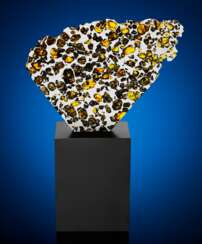












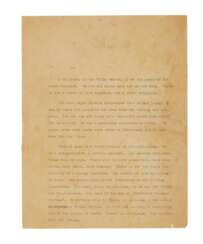









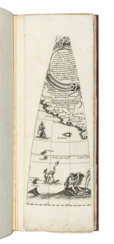





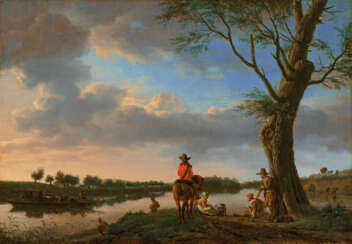





















![Charles Le Brun | Grand escalier du chateau de Versailles. Paris, [1725], from the library of the Duchesse de Berry](/assets/image/picture_3553008/ec9f0/uetj65gqqo2ruc9jwwadbwuz3io4pimo93nkrxgxopcbddyau3e7vp6zhjxxem1699092113jpg__fix_374_244.jpeg)
![Charles Le Brun | Grand escalier du chateau de Versailles. Paris, [1725], from the library of the Duchesse de Berry](https://veryimportantlot.com/assets/image/picture_3553008/ec9f0/uetj65gqqo2ruc9jwwadbwuz3io4pimo93nkrxgxopcbddyau3e7vp6zhjxxem1699092113jpg__fix_374_244.jpeg)


















